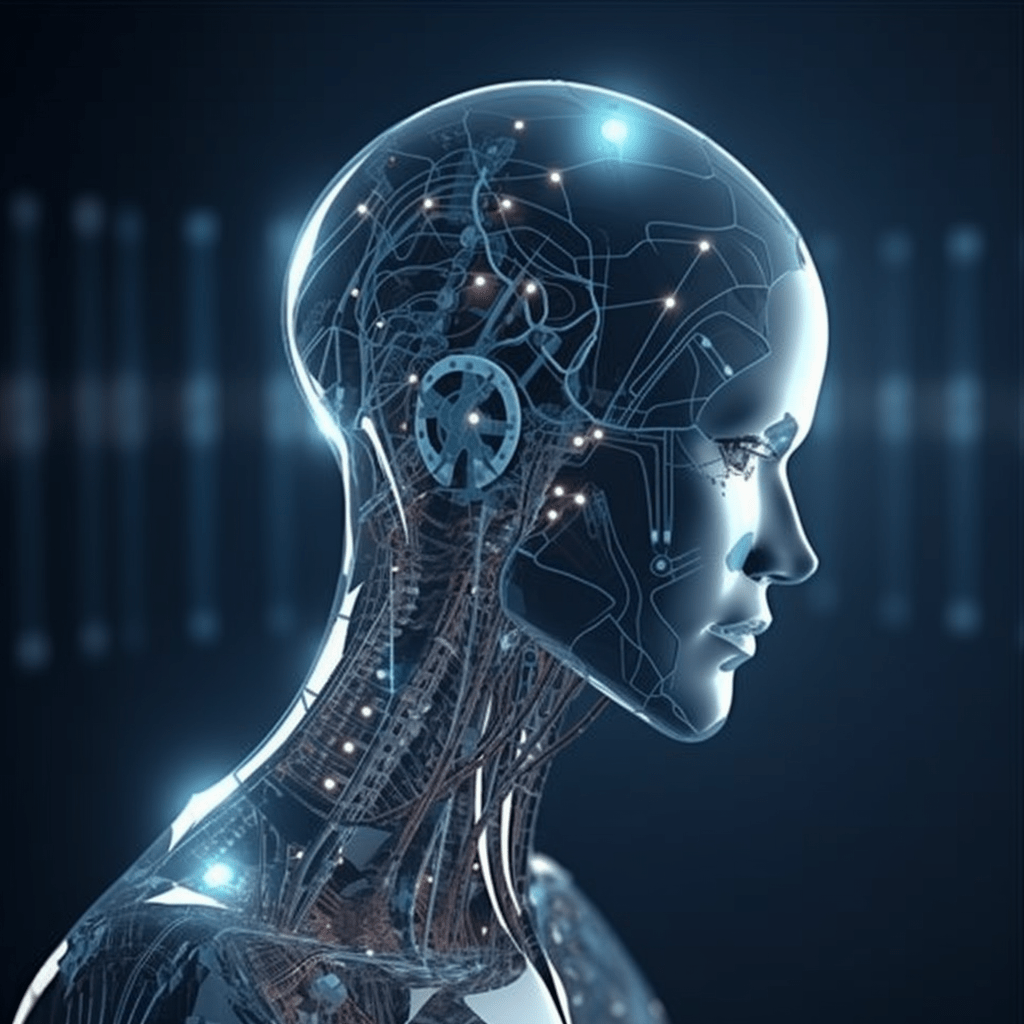
Unlock the Power of Unsupervised learning
Unsupervised learning is a powerful type of machine learning, which allows us to analyize complex dataset without the need for labels.
In case you’re not familiar with what labels are, they are desired output information we use to train models with supervised learning.
It is particularly useful for tasks such as clustering, dimensionality reduction and anomaly detection. Furthermore, we’re going to explore the basics of unsupervised learning, some of the most common algorithms and their practical uses.
As we mentioned already, at it’s core, it is the process that doesn’t require training models with labeled datasets. Therefore, instead of that, we train our model to discover patterns, structures and relationships within the data on its own.
It is in contrast to supervised learning, where we specify what goes in and out in order to make predictions.
Types of Unsupervised learning
Clustering
One of the most common techniques we use in unsupervised learning is clustering. This type of algorithms aim to group similar data examples together by some measure of similarity.
Popular clustering algorithms that we use today are K-Means and hierarchical clustering.
Let me explain with an example on how clustering works. If we use it in image recognition, we can use a clustering algorithm to group images of the same object together. Furthermore, this technique can be effective even if we have images of these objects taken from different angles and lighting.
Dimensionality Reduction
Another type of unsupervised learning is dimensionality reduction. Furthermore, this technique can be very useful to optimize datasets. For example, if we have a very large dataset, the computational cost to analyse it can get very big, very quickly.
Therefore, we use this technique to reduce its dimensions but at the same time preserve as much of important information as possible.
A common type of this technique that we use nowadays is Principal Component Analysis (PCA). We use this technique most commonly for image and video compression.
Anomaly Detection
And the last technique we’re going to mention here, is anomaly detection. As its name might suggest, we use it to identify unusual or abnormal data points.
It can be useful for detecting fraud or for identifying bot activity or even machines that are likely to fail in a manufacturing process.
We can base anomaly detection algorithms on statistical methods or machine learning. Therefore, they can utilize a variety of techniques, such as density estimation or one-class classification.
Conclusion
There are many more applications of unsupervised learning, such as generating new samples from data, visualization, and much more. One of the key benefits of this type of machine learning is that it can find patterns in data that aren’t immediately obvious. Therefore, it can also lead us to new insights and discoveries.
It does have a downside though. It can be difficult to evaluate its performance to ensure that it is learning the right thing.
Overall, its a powerful technique, useful for a wide range of applications.
I hope this article helped you gain a better understanding about unsupervised learning.


